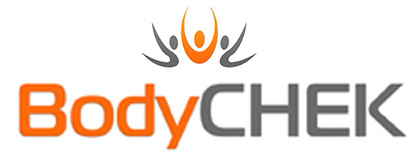This month sees a very busy month for me.
Firstly, I hope to be launching a new online coaching programme for nutrition practitioners. More details to follow shortly.
I am also teaching three workshops this month:
- “Understanding the Core”
- “Developing Speed for Sport” and
- “Functional Diagnostic Nutrition®“
In the “Understanding the Core” Workshop, I cover:
The importance of correct breathing on inner unit function, A review of the functional anatomy of the inner unit of the core, Testing procedures for inner unit function, Exercise techniques to re-establish good inner unit function, The importance of the inner unit on outer unit function, Functional anatomy of the outer units, In-depth understanding of the outer unit mechanisms and inter-relationships, Movement screening tools, Movement analysis and Exercises to strengthen and balance the outer unit.
For more information, click here.
In “Developing Speed for Sport”, I cover:
Classifications of speed, Posture and its affects on speed, Preparation for speed training, Stretching & Warm-ups, Review of the core and its affects on speed, Primal Pattern® Movements, Gait, Strength & Power, Agility, Plyometrics, Speed, Periodisation & programme design
For more information, click here.
In the “Functional Diagnostic Nutrition®” Workshop, I cover:
Functional Lab Work and how to identify and correct malfunctions of the Hormone, Immune, Digestion, Detoxification and Intestinal barrier Systems.
How to Stop Chasing Symptoms and Start Addressing the Root Causes and Help People “Get Well and Stay Well” – Naturally with Functional Diagnostic Nutrition®
For more information, click here.
This month will see the completion of my latest book, “Anatomy of Sports Injuries for Fitness and Rehabilitation” with publication later this year.
“Anatomy of Sports Injuries for Fitness and Rehabilitation” is both a visual and textual analysis of sports injuries and the rehabilitation of those injuries through effective exercises, a guide on how to do the exercises safely and effectively and when to seek professional help to overcome your sports injury.
The book has three distinct parts: the first is a basic introduction to anatomical definitions, terminology and an overview of sports injuries. Essentially, it helps to demystify the language used in parts two and three, making it easier to follow the instructions in those sections. Part one also includes guidelines on injury prevention, acute care and first aid, manual therapy, long-term rehabilitation and lifestyle considerations.
Part two contains 13 sections: Each section covers a region of the body and highlights some of the most common injuries for that region. Within each section, the individual injuries are defined and potential causes, treatment plans and statistics are given. Each injury has up to three of mobilizations, stretches and/or exercises that may be used to help rehabilitate the injury as part of the corrective exercise programme following the acute phase of the injury. Detailed information on how to perform the rehabilitative exercises is given in part three.
As you can see, this is going to be a busy month!!!
